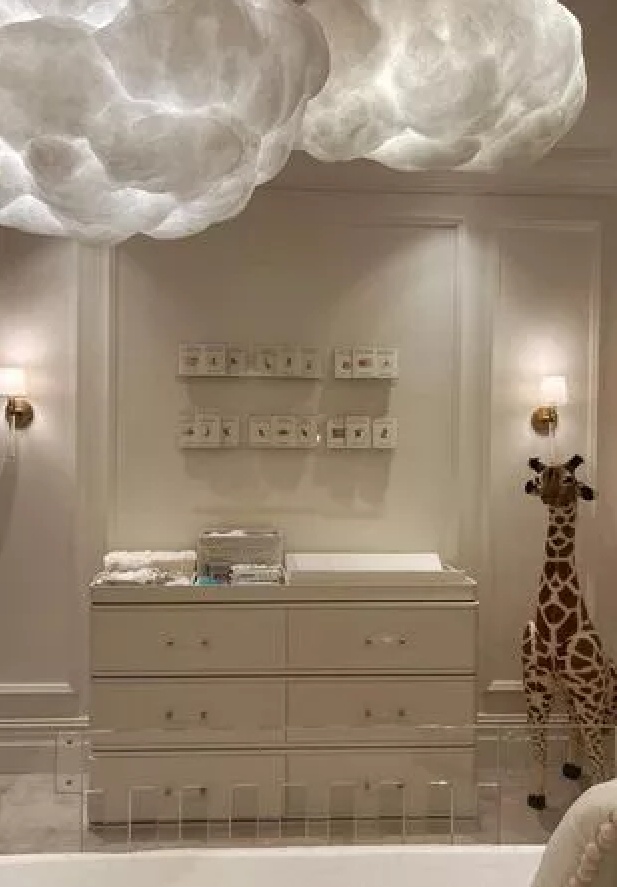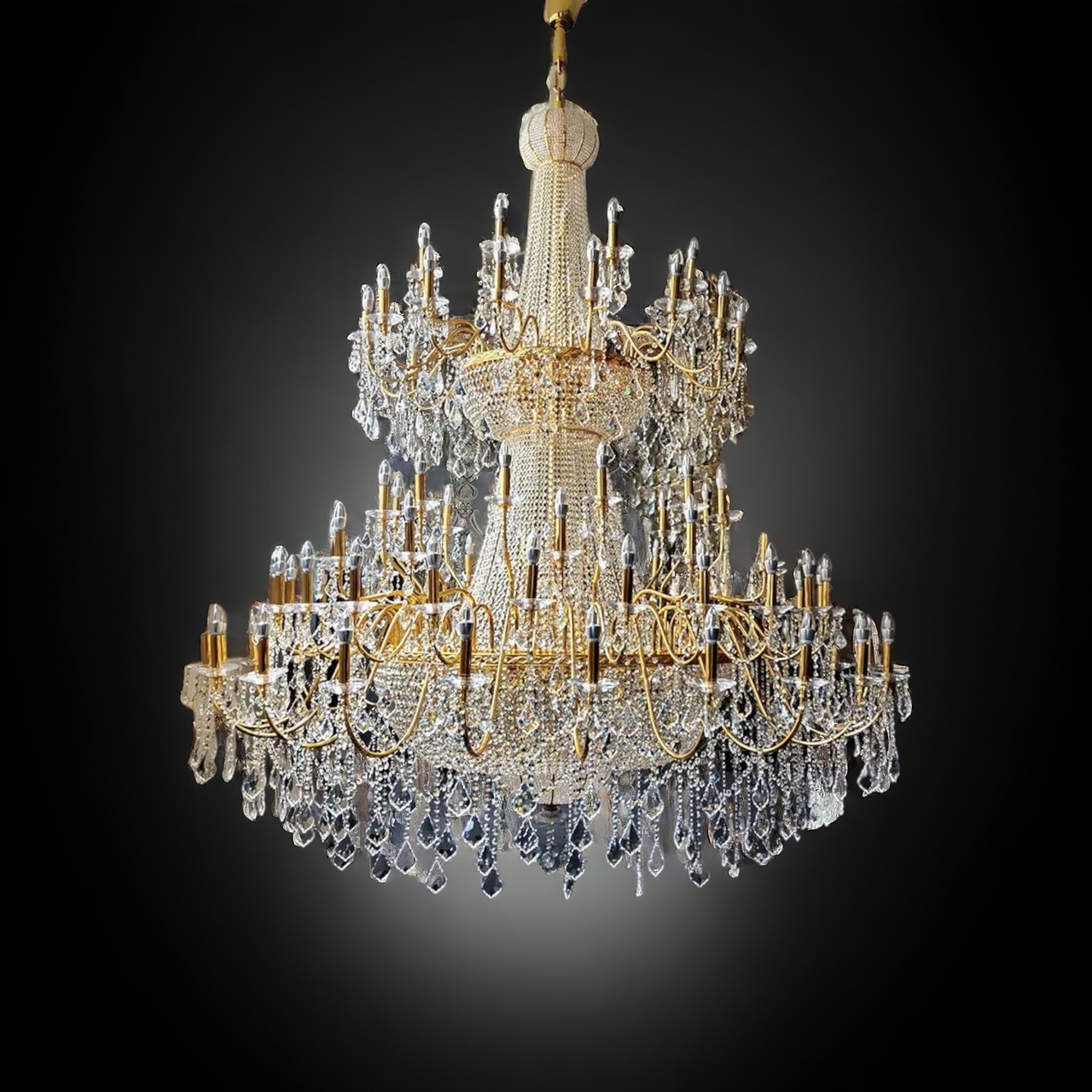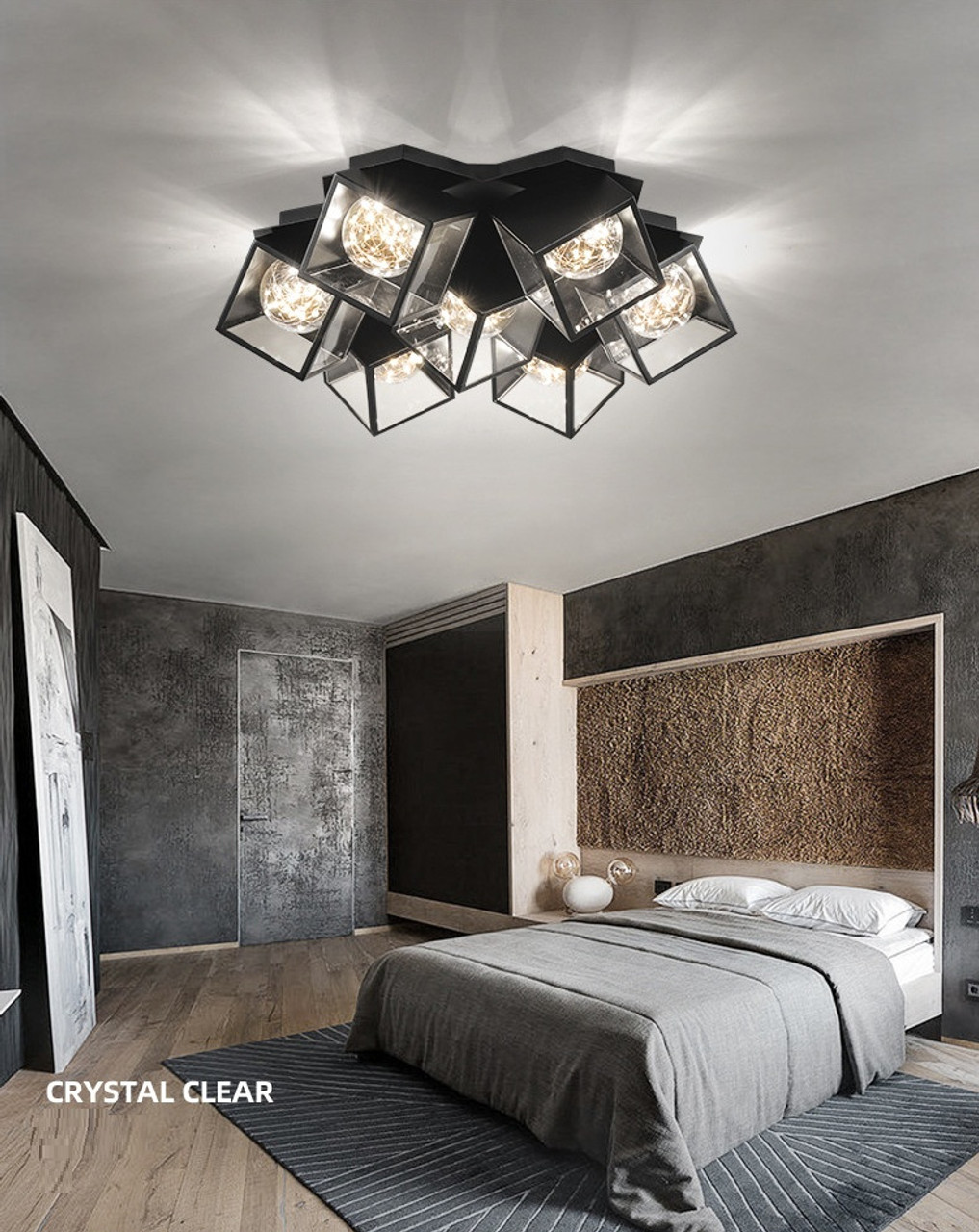Different Types of Paint for Interior Projects
28th Jul 2024
Different Types of Paint for Interior Projects
Choosing From Different Types of Paint for Interior Projects
When embarking on an indoor painting project, selecting the right type of paint is crucial for achieving desired results and durability. Paints primarily fall into two categories: water-based and oil-based. Water-based paints are celebrated for their environmental friendliness, ease of cleanup, and swift drying times, making them ideal for most living spaces. Oil-based paints, on the other hand, boast unparalleled durability and are preferred in areas prone to moisture, like bathrooms and kitchens.
Specialty paints cater to unique needs, offering creative solutions like chalkboard walls in kitchens or glow-in-the-dark ceilings in children's rooms. The paint finish also plays a pivotal role in the final look and maintenance ease of your walls. Finishes range from matte for a non-reflective, sophisticated appearance to high-gloss for durability and easy cleaning in high-traffic areas.
Selecting the right paint involves considering the room's purpose, existing lighting, and how much wear and tear the walls will face. By thoughtfully choosing both the type of paint and its finish, you can ensure your indoor spaces not only look stunning but also withstand the test of time.
For more detailed guidance on types of indoor paint
and their applications, consulting a professional or doing further
research will provide deeper insights tailored to your specific project
needs.
Are all paints safe to use in a childs room / nursery?
Not
all paints are equally safe for use in a child's room or nursery. It's
essential to choose paints labeled as low-VOC or zero-VOC (Volatile
Organic Compounds), which emit fewer harmful chemicals. Additionally,
look for non-toxic labels and certifications that indicate the paint
meets safety standards for use in sensitive environments like children's
rooms. Always ensure proper ventilation during and after painting to
maintain indoor air quality.
Main Types of Indoor Paint
Water-Based Paints: Known for their environmental friendliness, water-based paints are a popular choice for indoor projects. They offer easy cleanup with just soap and water and are characterized by quick drying times, reducing the duration of painting projects. These paints emit fewer odors and volatile organic compounds (VOCs), making them healthier for indoor air quality.
Oil-Based Paints: Renowned for their durability, oil-based paints are ideal for surfaces that endure a lot of handling or cleaning, such as trim, doors, and cabinets. They are particularly suitable for high-moisture areas like bathrooms and kitchens due to their excellent resistance to moisture. However, they require more time to dry and a solvent like turpentine for cleanup.
Both types have their unique advantages, and the choice between them depends on the specific requirements of your painting project, such as the surface being painted, the desired durability, and the environmental considerations of your space.
Specialty Paints
Specialty paints cater to unique project needs, offering innovative solutions for both functionality and creativity. Chalkboard paint transforms walls into writable surfaces, perfect for kitchens, playrooms, or home offices. Magnetic paint provides a base layer that allows magnets to stick to the surface, ideal for organizing tools or creating interactive walls. Glow-in-the-dark paint adds a whimsical touch to ceilings and walls, illuminating spaces with a soft glow after dark, popular in children's rooms or creative spaces. Each type offers a distinct way to enhance the functionality and aesthetic appeal of indoor areas.
Finish Types
Paint finishes range from matte, with no shine, offering a classic look ideal for ceilings and low-traffic areas, to high-gloss, which is very shiny and durable, perfect for trim and areas needing frequent cleaning. Eggshell and satin, falling in the middle, are great for walls in living rooms and bedrooms, providing a slight sheen and easier cleaning compared to matte. Semi-gloss is preferred for moisture-prone areas like kitchens and bathrooms due to its higher durability and resistance to mold and mildew.
Wear types and washability of interior paints
The wear types and washability of interior paints are critical factors that influence their longevity and appearance over time. Paints designed for interior use come in various formulations that affect their resistance to wear, including scuffs, marks, and cleaning processes.
- Matte and Flat Paints: These finishes offer a non-reflective look ideal for hiding imperfections on walls but are less resistant to wear and harder to clean. They are best suited for low-traffic areas.
- Eggshell and Satin Finishes: Offering a slight sheen, these paints are more durable than matte finishes and easier to clean, making them suitable for moderate-traffic areas like living rooms and dining rooms.
- Semi-Gloss and Gloss Finishes: Highly durable and washable, these finishes are ideal for high-traffic areas, kitchens, and bathrooms. They withstand moisture well and can be cleaned frequently without losing their sheen.
Choosing the right paint finish based on the room's function and expected wear can ensure the paint remains attractive and durable, maintaining a fresh look for longer.
Choosing the Right Paint
When selecting paint from all the different types of paint, consider the room's function—kitchens and bathrooms benefit from moisture-resistant paints like semi-gloss or high-gloss. For living rooms and bedrooms, eggshell or satin offers a balance of durability and a pleasing aesthetic. Assess the lighting; lighter shades can help brighten a dim room, while darker colors can make a large room feel cozier. Anticipate wear and tear—high-traffic areas require more durable finishes. Choose based on these factors to ensure both the beauty and longevity of your paint job.
Conclusion of the different types of paint for interior projects
Choosing the right type and finish of paint for indoor projects from the vast array of different types of paint is crucial for enhancing both the durability and aesthetic appeal of your spaces. It ensures that your interiors not only look beautiful but also stand up to daily use and changing conditions. By considering the specific needs of each room, from function and lighting to expected wear and tear, you can make informed decisions that will result in a pleasing and long-lasting finish.





